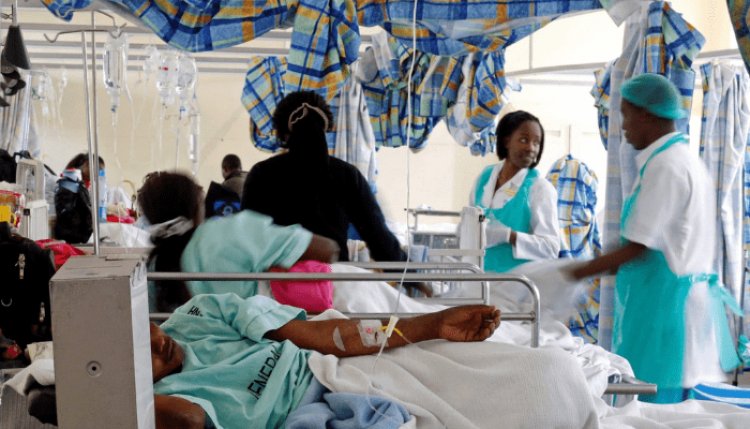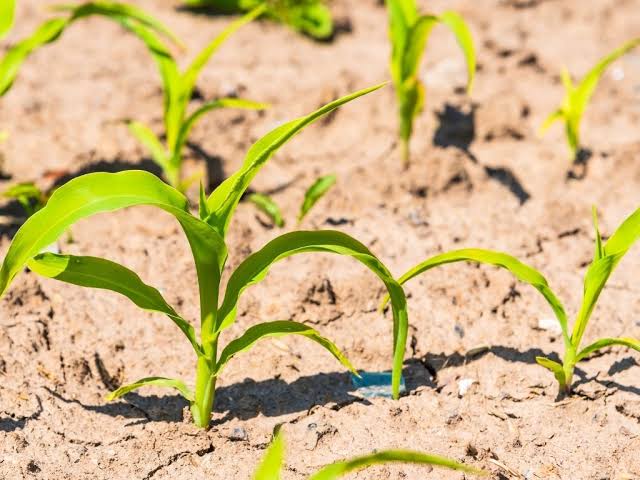SAFEST FOOD FOR DIABETICS
If it happens that you are diagnosed with diabetes, it is not a death sentence. You can battle the ailment with food. In fact, if the diagnosis says that it is at the foundation stage, you can send it back to where it came from. All you need to do is follow a diet plan that emphasizes fresh food or frozen produce over canned products. When you do that you will limit or avoid high amounts of added sodium and sugar into your system. It is important that you stick to diabetes-friendly diets to ensure that you keep your blood glucose levels in check. You may wish to consider the following food choices.
Vegetables: Fresh vegetables can be eaten raw or are best prepared by roasting, grilling or lightly steaming.
Fruit: Eating raw fruits is a sure bet to control sugar level. Canned fruits should be packaged in natural fruit juice rather than processed fruit juice.
Dairy products: Water, unsweetened tea and coffee with low-fat milk and an alternative sweetener are the best beverage choices. The best dairy choices for diabetics are low-fat or fat-free products such as one percent milk, nonfat creamer, and low-fat alternatives of yogurt, cottage cheese and sour cream.
Poultry, fish, tofu, eggs: Consume your chicken, turkey, duck and other poultry products without the skin. Run away from RED MEAT from Cow, ram and game meat otherwise known as bushmeat, in Nigerian parlance.
Grains: Make beans one of your best choices, at least it’s relatively affordable. Whole grains such as brown rice, baked sweet potato, whole-grain cereal and foods made from whole-wheat flour and corn are preferable. Local Ofada rice is also good.
BAD FOOD FOR DIABETICS
For a Diabetic, having the under listed food in your diet plan can have a very devastating effect on your health. This type of food will aggravate the sugar level in your body.
Soda: In making choices of drinks Diabetics should avoid temptation. Sugary beverages are poor choices, including sodas, flavored coffee, energy drinks and fruit beverages. Soda consumption is well-known as a major cause of obesity due to the fact that a single 12-ounce can of the stuff contains over 39 grams of sugar. The recommended daily intake of sugar is 25 grams per day for women, 50 grams per day for men and less than 25 grams for children, as stated by the American Heart Association. If you’re diabetic, your daily intake should be even lower, so drinking soda will aggravate it.
Carbohydrates: Carbohydrates pose a huge risk to people with diabetes. They can severely interfere with the pancreas’ ability to create insulin and drive blood sugar levels down.
Juice: This is not as healthy as many people think because it is loaded with sugar and carbohydrates, with 12 ounces of a glass of regular Tropicana orange juice containing 33 grams of sugar. This amount far exceeds the recommended daily allowance of sugar. Liquids metabolize faster in the body as well, allowing the sugar to reach your bloodstream quicker, putting diabetics at rest.
Processed Cereal: Avoid processed grains such as white rice and white-flour products. Cereal consumption can be fun, easy to eat and loaded with sugar and carbohydrates. Less than a quarter cup of sugary breakfast cereal can contain 22 grams of sugar, most of a woman’s recommended daily amount of sugar. People rarely stop at a quarter cup. Add in the milk and any other breakfast food, and you’ve quickly put yourself far above your sugar and carb allotment for the day.
Natural Sweeteners: Many diabetics turn to natural sweeteners under the assumption that natural sweeteners are better for them than processed sugar. Here’s the kicker: “natural” sweeteners may have a bit more carbohydrates than regular processed sugar. A teaspoon of processed sugar has about 4 grams of carbohydrates, while a teaspoon of the agave nectar has about 5 grams. Yet another myth sold to diabetics is that consumption of honey protects them from the dangers they are already exposed to. That is not true, as honey has 6 grams of carbohydrates.












